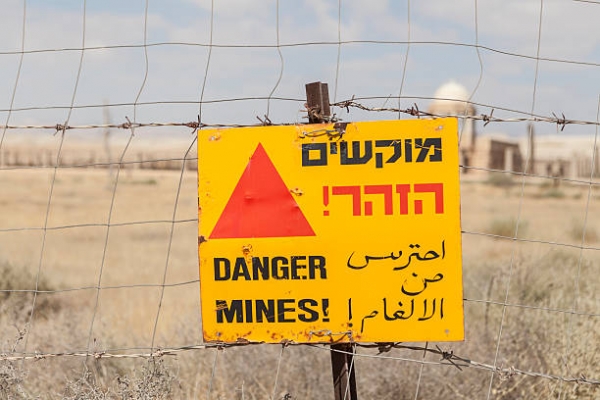Action on Armed Violence (AOAV) is a research charity that carries out analysis and monitoring activities on the impact of global armed violence in populated areas. In this report, AOAV analyses the impact of the use of explosive weapons in populated areas worldwide by presenting the findings from ten years of research and collection of data on explosive violence incidents, gathererd between 2011 and 2020 from English-language media reports, as part of the Explosive Violence Monitoring Project (EVMP).
In the last ten years, 28,879 incidents have been recorded in 123 countries, resulting in 357,370 deaths and injuries due to the use of explosive weapons, with civilians accounting for 73% (262,413) of the total victims. Among the explosive weapons, manufactured ones caused at least 123,485 civilian casualties (47%), while improvised explosive devices (IEDs) caused at least 135,800 civilian casualties (52%). The five most affected territories, according to the number of civilian casualties, were Syria, Iraq, Afghanistan, Pakistan and Yemen.
It is not always clear who is behind the explosive violence. In 29% of incidents over the last decade, it was uncertain whether a state or non-state actor was responsible. On one hand, the 10,244 incidents that were attributed to a state caused 128,460 deaths and injuries, of which 81,730, were civilians. Among the states most responsible for causing these incidents, AOAV recorded 1,916 incidents caused by Syrian regime forces; 562 incidents resulting in 9,866 civilian casualties provoked by the Saudi-led coalition in Yemen; the US-led coalition saw the third-highest levels of civilian casualties, with 5,316 civilian deaths and injuries, followed by Israel and Russia. On the other hand, non-state actors caused 132,909 casualties between 2011 and 2020, of whom 76% were civilians (101,652). Precisely, the Islamic State of Iraq and Syria (ISIS) caused at least 20,698 casualties, followed by the Taliban which caused at least 8,375 civilian casualties, and Al Shabaab with 3,991.
As a result, when explosive weapons are used in populated areas, at least nine of every ten casualties are likely to be civilians. In particular, residential areas or civilian houses are the most affected places by explosive violence, resulting in the highest number of civilians killed and injured. AOAV recorded 4,168 incidents in the last decade in such locations, with 36,726 civilian casualties. Secondly, markets are frequently the target of non-state actors, and such incidents are devastating for civilians, who account for 97% of casualties. According to the findigs, markets have been the target of attacks 1,008 times, resulting in 27,195 casualties, including 26,305 civilians. Incidents caused by explosive weapons often occur in places of worship resulting in many casualties among civilians. AOAV has recorded 572 incidents in the last decade, resulting in 18,416 casualties, of which 17,574, namely 95%, were civilians.
Furthermore, explosive remnants of war contaminate the land, posing a threat to civilians for generations and preventing local populations from returning or using the land for livelihood activities. Explosive violence does not only cause human casualties but also damages the civilian infrastructure, depriving people of access to clean drinking water and sanitation facilities. Such impacts cost further lives, exacerbate the mental health impact for survivors, and cause rises in poverty and disease.
Therefore, AOAV recommends that states avoid the use of explosive violence and review their policies and practices on the use of explosive weapons. Indeed, states should be transparent in recording civilian casualties and in recognizing the rights of victims, including those killed and injured, their families, and affected communities. Furthermore, AOAV urges the international community to commit politically to avoid the use of explosive weapons in populated areas. As part of the international efforts to restrict explosive violence in populated areas, in October 2019, Austria hosted an international conference on Protecting Civilians in Urban Warfare, during which Ireland remarked its commitment to developing a political declaration to address the humanitarian harm arising from the use of explosive weapons in populated areas. The first two rounds of consultations have taken place, and a draft of the political declaration has been released. It is hoped that the political declaration will be adopted this year after a final round of negotiations.
To know more please read:
https://aoav.org.uk/2021/a-decade-of-explosive-violence-harm-2011-2020/
Author: Eleonora Gonnelli; Editor: Carla Leonetti




